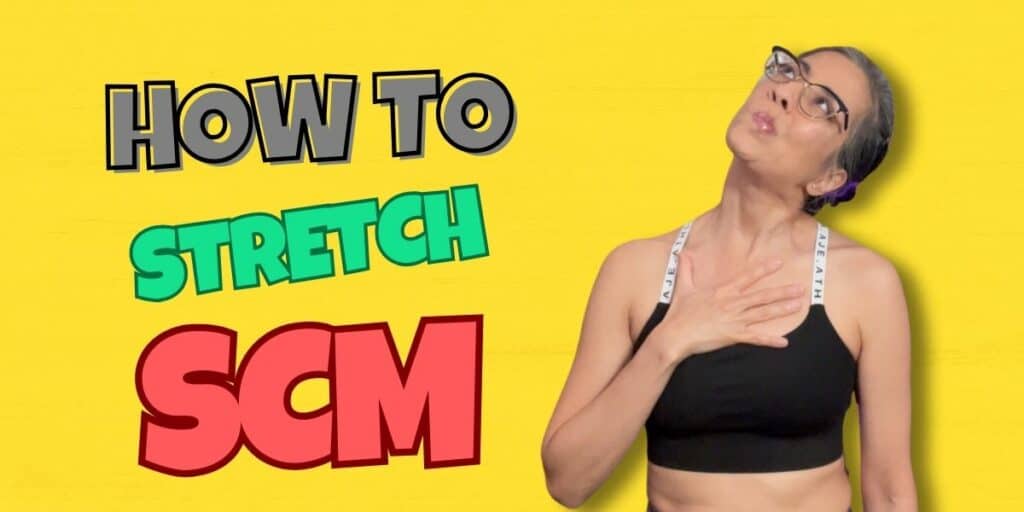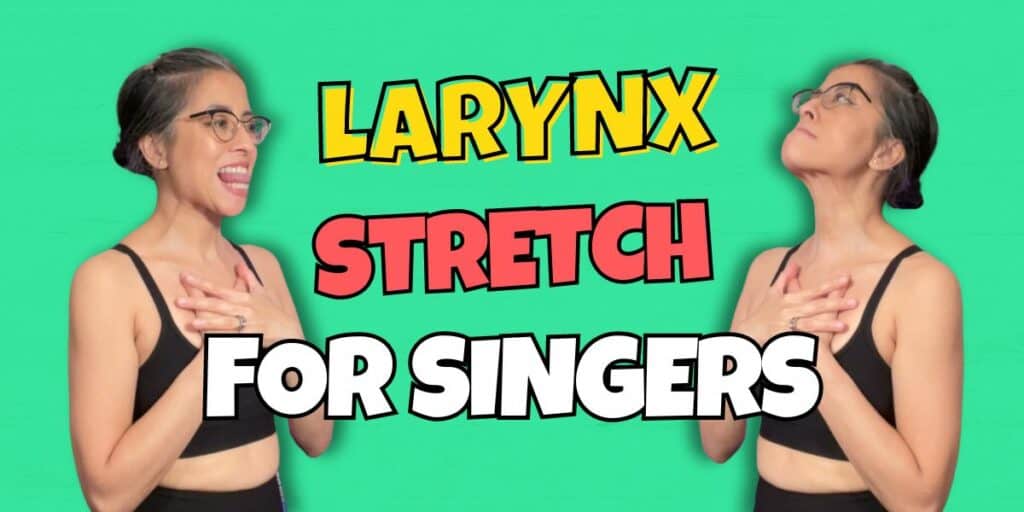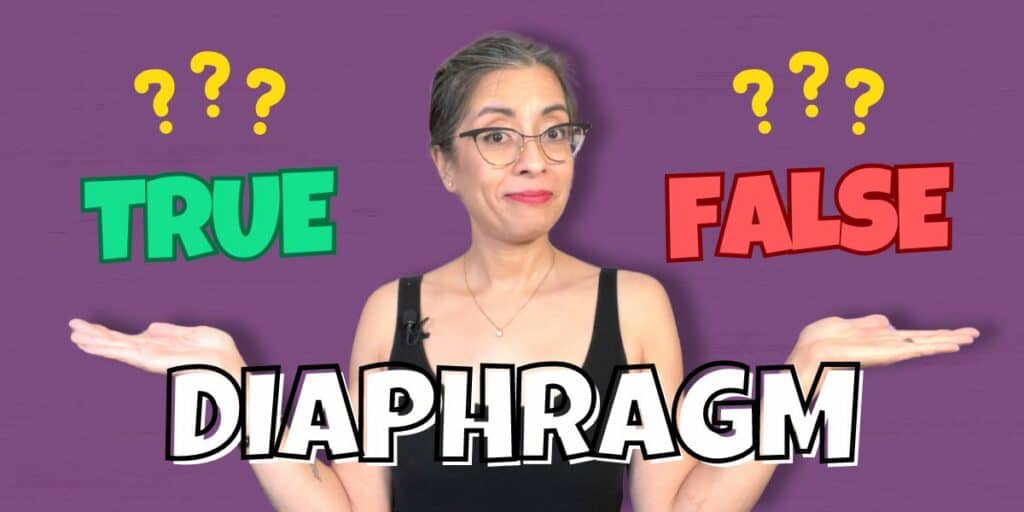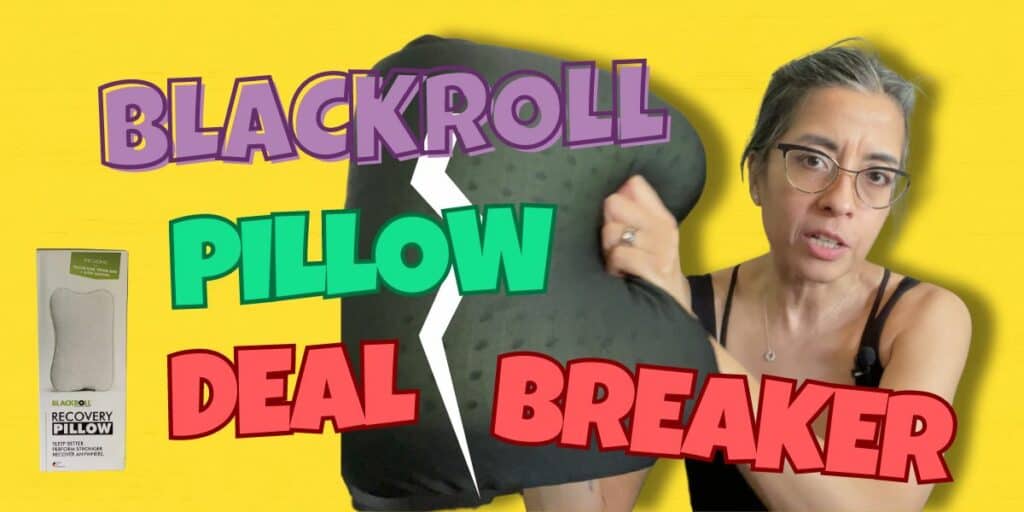This is part 2 of the Movement Capacity Series. In this episode of MoveMedics TV I discuss Mobility in relation to my Movement Philosophy, the 7 structures we have to consider, and 2 essentials components every good mobility training programme must have.
Like This Post?
Never miss a post.
Get our blog posts delivered straight to your inbox!
’Til next time, Be Free In Your Movement™.
x
Selina
B. Phty
This information is not medical advice. Got health concerns? Consult a real-life health professional.
Views are my own.
*Affiliate links. Your choosing to use these goes towards supporting my content creation. Thank you.
This is part two of the Movement Capacity Series where we begin to take a look at each of the nine elements of movements in turn, starting with Mobility. I will talk about the seven structures for consideration. I will also leave you with two of the essential components of any good mobility training programmes. Ready? Let’s jump in.
Hi, I’m Selina from MoveMedics here to help you move better, feel better, so you can keep doing what makes you happy, for as long as you want.
Mobility is a huge subject, there are plenty I want to talk to you about but in today’s video I will focus on mobility in relation to my Movement Philosophy.
When I think of mobility I think space. How can I move through the space I have access to more efficiently, so how do I access my Current Movement Sphere™ better. I also think about how I can access new spaces, so how do I expand out towards my Ultimate Movement Sphere™
When we are moving through our Movement Sphere™ what really is happening? Say I move my arm from A to B, what’s happening here? My bones are moving through space. Bones can’t move themselves though. Muscles move bones. Muscles don’t work in isolation either, they work with their friends, tendons, ligaments, capsule, fascia, and nerves. Which means there are really seven structure we have to think about where mobility is concerned. So let’s take a look at each of these seven structures in turn.
We will start with bones. Do bones actually change as we move through space? They don’t. Sweet! One less thing to think about. I like it.
What about muscles? What do muscles do? Muscles need to produce the force that creates the movement. We have prime movers that work concentrically to create the movement. We also have muscles that work in a supporting role either isometrically or eccentrically to help create a smooth motion. So muscle being able to generate force is important.
Apart from force generation we may also need to consider muscle length. Do we have sufficient length to traverse through the space? What can change muscle length though? Stretching? No stretching only changes your perception of muscle length and doesn’t do anything for muscle length itself.
Eccentric loading on the other hand can cause sarcomerogenesis, the creation of more muscle cells along the length of the muscles. That could come in handy! We will park this aside for now and we’ll come back in a moment.
Let’s take a look at tendons now. What do tendons do? They go from muscles to bones, their job is to transmit force. What helps tendons get better at force transmission? Using it, moving it, and loading them appropriately.
What about ligaments? Ligaments connect bone to bone, they help to maintain structural integrity of a joint and they also help to prevent undesirable movement, so you don’t want to stretch these guys out, you want your ligaments to be strong and supple. What keeps ligaments strong and supple? Using it, moving it, and loading them appropriately.
How about joint capsules? Joint capsules are really highly specialised bands of ligaments so what applies to ligaments applies to capsules as well, easy.
Next we have fascia. Fascia is a network of connective tissues that runs all through our body. There are plenty still we need to learn about fascia but we do know that they have a force transmission role. So how do we keep them in top shape? You guessed it. We move it, we use it, and we load them appropriately. And because fascia goes everywhere, we also need to make sure that our movement goes everywhere as well.
Lastly we have nerves. Nerves are messengers between the brain and the body, and they live along our muscles and sometimes through the muscles, and they slide as we move. That’s why I like to visualise nerves as ginormous dental flosses that slip and slide inside me as I move.
We don’t want to stretch nerves, we want to make sure that they can slide freely and that they can also tolerate a change in tension in some position that we find ourselves in, so to do that we do neural mobility exercises.
Now when we put them all together, we don’t have to think about bones, but for muscles, tendons, ligaments, capsules, and fascia we need to move, use, and load all these structures appropriately, which means that strengthening is the first essential component for any mobility programme.
In fact, strengthening is an essential component for all movement training programme.
And we want to make sure we are strong concentrically so we can access our spaces, and if you’re keen to get a little bit more muscle length you want to make sure you have eccentric strengthening exercises in your programme as well.
And to make sure that our nerves can slide freely we want to make sure we also include neural mobility exercises.
So that’s two of the essential components of any good movement programme. There are more and we will go through them as we progress along in this series. But until then, tell me, what is your biggest takeaway from today’s video? Leave me a comment to let me know.
If this video has been helpful for you please give me a thumbs up, it will really help me grow this channel and help more people.
And if you haven’t yet already make sure you subscribe to this channel and ding that notification bell so when my new video comes out, it will pop up on your home screen.
And until then, thank you so much for watching and Be Free In Your Movement™







